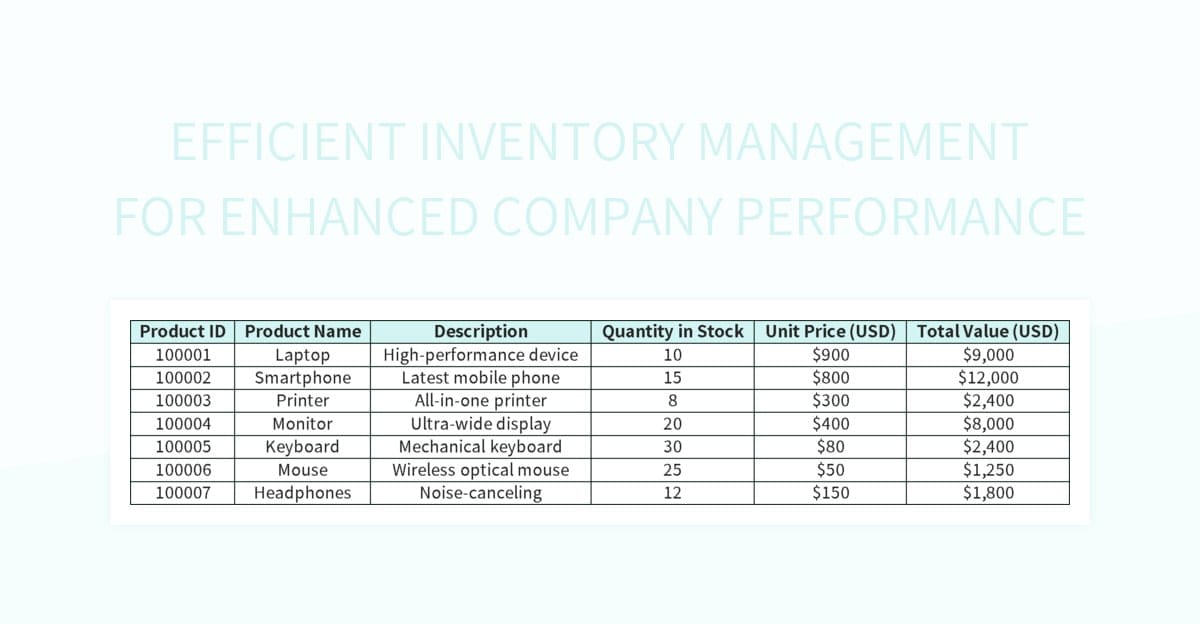Investing In Middle Management: A Strategic Approach To Enhanced Company Performance

Table of Contents
The Crucial Role of Middle Management in Organizational Success
Middle management forms the critical bridge between executive leadership and frontline employees. They are the vital link that translates strategic visions into actionable plans and ensures that company goals are effectively implemented. Without a strong middle management team, even the best strategies can fall short. Their roles are multifaceted and crucial for organizational success:
- Translating strategic goals into actionable plans: Middle managers break down complex objectives into manageable tasks and assign responsibilities to their teams. Effective communication and clear planning are key here.
- Motivating and mentoring teams: They provide day-to-day guidance, support, and encouragement, fostering a positive and productive work environment. Mentorship and team building are crucial aspects of this role.
- Identifying and addressing performance gaps: Middle managers are on the front lines and can quickly identify areas needing improvement, allowing for swift adjustments to processes and strategies. Regular performance monitoring is key here.
- Fostering a positive and productive work environment: A supportive and collaborative atmosphere, fostered by strong middle management, contributes to higher employee morale and productivity. This includes effective conflict resolution and open communication channels.
- Championing innovation and process improvement: Middle managers are often the first to identify inefficiencies and opportunities for improvement within their teams and processes. Encouraging innovation and streamlining operations is essential for their success.
Effective Strategies for Investing in Middle Management Development
Investing in middle management isn't simply about providing salaries; it's about fostering growth and providing the tools for success. Effective strategies include targeted training, empowerment, and robust performance management systems.
Targeted Training and Development Programs
Investing in training programs designed to address specific skill gaps is paramount. This might include:
- Leadership development workshops: These programs focus on honing crucial leadership skills such as communication, delegation, and conflict resolution.
- Mentorship programs: Pairing experienced middle managers with rising stars offers invaluable guidance and support, accelerating their professional growth.
- Customized training: Based on performance reviews and skill gap analyses, tailored training ensures that managers receive the specific knowledge and skills they need to excel.
Examples of specific training include: effective communication strategies, advanced conflict resolution techniques, project management methodologies (Agile, Scrum, etc.), and financial literacy for better budget management. This combination of hard and soft skills training delivers the highest return on investment (ROI). The ROI of training can be measured by improved team performance, increased efficiency, and reduced errors.
Empowerment and Delegation
Empowering middle managers means granting them autonomy and responsibility. This fosters a sense of ownership and increases their commitment to achieving company goals.
- Trust and empowerment boost morale: When managers feel trusted and empowered, they are more likely to be engaged and motivated, leading to increased productivity and job satisfaction within their teams.
- Effective delegation and accountability: Clearly defined responsibilities and transparent accountability systems are critical to successful delegation.
- Provide the right tools and resources: Equip managers with the necessary resources, technology, and support to effectively manage their teams and responsibilities. This includes access to relevant data, software, and training materials.
Performance Management and Recognition
Regular performance reviews and constructive feedback are essential for continuous improvement. Middle managers should be evaluated on their contributions to team success, adherence to company goals, and overall leadership effectiveness.
- Regular performance reviews and feedback: Consistent feedback helps managers understand their strengths and areas needing improvement, fostering growth and development.
- Rewarding and recognizing contributions: Implement a system that recognizes outstanding performance. This might include bonuses, promotions, public acknowledgment, or opportunities for professional development.
- Linking performance management to company-wide goals: Ensure that performance evaluations align with overall business objectives, reinforcing the importance of middle management's role in achieving company success.
Measuring the Return on Investment (ROI) of Investing in Middle Management
Measuring the impact of investing in middle management requires a systematic approach to data collection and analysis. Tracking key performance indicators (KPIs) is crucial.
- Key Performance Indicators (KPIs): Monitor employee satisfaction (through surveys), productivity levels (output per employee), retention rates (employee turnover), project success rates (on-time and within budget completion), and overall team performance.
- Data Collection Methods: Utilize a combination of methods including employee surveys, performance reviews, 360-degree feedback, focus groups, and analysis of project completion data.
- Analyzing Data to Demonstrate Positive Impact: Compare key metrics before and after implementing middle management development initiatives to demonstrate the positive return on investment. Look for improvements in efficiency, productivity, and employee engagement.
Conclusion
Investing in middle management is not an expense; it's a strategic investment that directly contributes to organizational success. By providing targeted training, empowering your managers, and implementing robust performance management systems, you can significantly enhance your company's performance and achieve a high return on investment. Recognizing the strategic value of middle management and fostering their development is crucial for driving growth, boosting employee morale, and unlocking your company's full potential. Begin investing in middle management now to unlock your company's full potential. Take the first step towards enhanced company performance by investing in your middle management team today. [Link to relevant resources or services]

Featured Posts
-
 Injury Update Nuggets Stars Status Uncertain After Okc Thunder Game
May 04, 2025
Injury Update Nuggets Stars Status Uncertain After Okc Thunder Game
May 04, 2025 -
 Cusmas Fate Hangs In The Balance As Carney Meets Trump
May 04, 2025
Cusmas Fate Hangs In The Balance As Carney Meets Trump
May 04, 2025 -
 Start Der Chefsache Esc 2025 Sonderedition In Deutschland
May 04, 2025
Start Der Chefsache Esc 2025 Sonderedition In Deutschland
May 04, 2025 -
 Lizzo Announces New Music On Twitch Get Ready To Gag
May 04, 2025
Lizzo Announces New Music On Twitch Get Ready To Gag
May 04, 2025 -
 How Jean Silva Earned His Ufc Contract With An Upset Win
May 04, 2025
How Jean Silva Earned His Ufc Contract With An Upset Win
May 04, 2025
